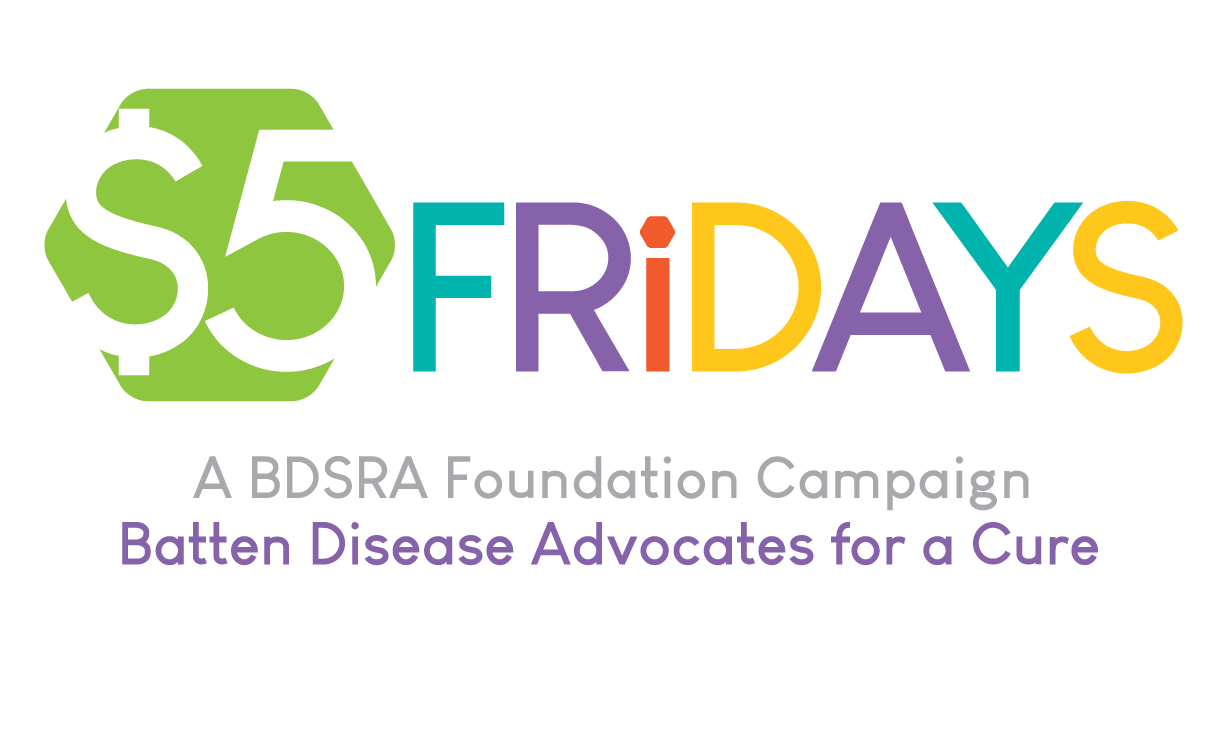In 2014, the BDSRA reached out to dozens of researchers to invite Letters of Intent (LOI) or short proposals to preview work they would like to accomplish in the following year with a maximum of $60,000. Once these LOIs were narrowed to requests for full proposals, nearly 30 researchers from universities, children’s hospitals, and industry stepped in to provide peer reviews on a volunteer basis.
Noah’s Hope, Drew’s Hope, Hope4Bridget, BDSRA-Australia and the Batten Disease Family Association in the United Kingdom have partnered with BDSRA to co-fund these important projects.
Meaningful Endpoints for Phase III Clinical Trials in Juvenile Batten Disease (CLN3)
Principal Investigator: Heather Adams, Ph.D., University of Rochester $45,000, BDSRA
This work helps researchers working in the Juvenile, CLN3 world have a guidepost on which to judge if treatments are working. The meaningful endpoints will be informed by years of work with CLN3 patients and their families.
INCL Gene Therapy Using AAV9 Vectors (CLN1)
Principal Investigator: Steven Gray, Ph.D., University of North Carolina, Chapel Hill $50,000, BDSRA
Dr. Gray’s project will further the investigation of the use of gene therapy in mice to determine how best to translate this technology to humans, based on clinical trials ongoing in GAN (Giant Axonal Neuropathy) patients.
Antisense Oligonucleotides for the Treatment of Juvenile Neuronal Ceroid Lipofuscinosis (CLN3)
Principal Investigator: Michelle Hastings, Ph.D., Rosalind Franklin School of Medicine and Science $50,000, BDSRA
CLN3 is most commonly caused by a 1.02kb deletion that encompass 2 exons—7 and 8. The loss of these exons causes ‘misreading’ of the mRNA and ultimately not allowing whole bodily systems to work correctly. This research seeks to correct the way the mRNA functions fixing the string of proteins that affect CLN3.
Stop Codon Read-through and Nonsense Suppression for the Treatment of Infantile and Late-Infantile
Neuronal Ceroid Lipofuscinosis (CLN2)
Principal Investigator: Michelle Hastings, Ph.D., Rosalind Franklin School of Medicine and Science $25,000, Noah’s Hope, Hope4Bridget
Infantile and Late-infantile neuronal ceroid lipofuscinosis (INCL and LINCL) are caused by mutations in CLN1 and CLN2 genes. Dr. Hastings will use gene ‘correction’ techniques developed for other rare diseases to develop functional genes in these forms.
Astrocytic Thrombospondin-1 in Juvenile Neuronal Ceroid Lipofuscinosis: Impact on
Synaptic Dysfunction (CLN3)
Principal Investigator: Tammy Kielian, Ph.D., University of Nebraska $50,000 Drew’s Hope, BDSRA
The aim of Dr. Kielian’s work is to test treatments that work against the inflammatory processes in neurons that are believed to contribute to degeneration in the CLN3 form of Batten. With this BDSRA collaboration she hopes to slow the progress of the disease.
Crossing the Blood Brain Barrier: Enzyme Replacement Therapy for LINCL (CLN2)
Principal Investigator: Peter Lobel, Ph.D., Rutgers, The State University of New Jersey $50,000, Noah’s Hope, Hope4Bridget, Drew’s Hope
The overall goal of this research is to identify superior enzyme replacement therapies (ERT) for CLN2. It is hoped that the work could also translate to other membrane soluble forms such as CLN1 and CLN5. By studying alternate routes for enzyme replacement therapy, Dr. Lobel’s team will advance knowledge about safety and efficacy of ERT use in Batten disease.
NCL Mutation and Patient Database
Principal Investigator: Sara Mole, Ph.D., University College London, United Kingdom, $15,000, BDSRA and BDFA-UK
BDSRA supports efforts to aid researchers, clinicians and families of all forms of the disease. The NCL Mutation database is a trusted resource developed and maintained by Dr. Mole and acts as a global gateway for those who need accurate and accessible information about Batten disease. For detailed information, visit: http://www.ucl.ac.uk/ncl/
Viral Mediated Gene Therapy in Ovine Batten Disease (CLN5 and CLN6)
Principal Investigator: David Palmer, Ph.D., Lincoln University, Christchurch, New Zealand, $50,000 BDSRA-Australia
BDSRA-Australia continues this important work in gene therapy of CLN5 and CLN6 sheep flocks in New Zealand. By learning more about how both of these Batten forms in soluble and membrane-bound proteins, we hope to know more about treating other forms with these structures.


